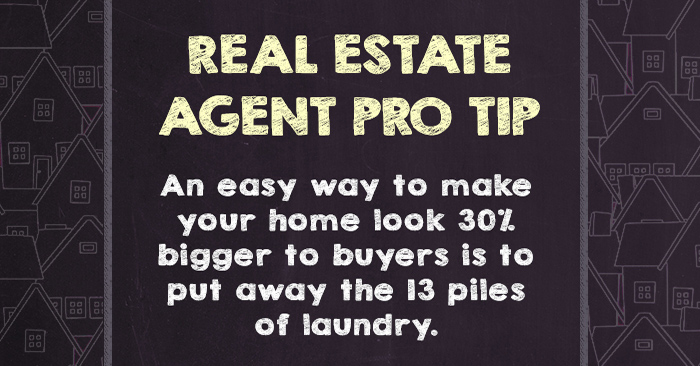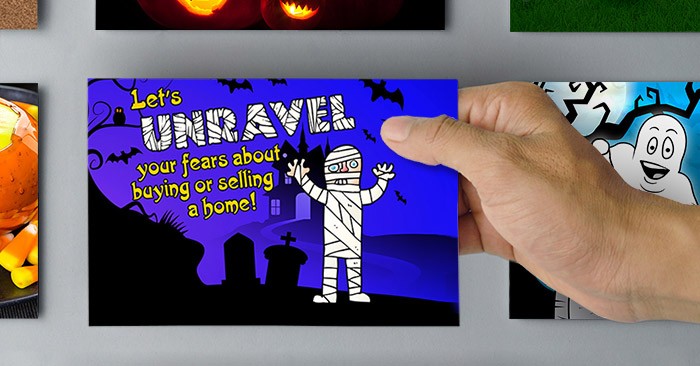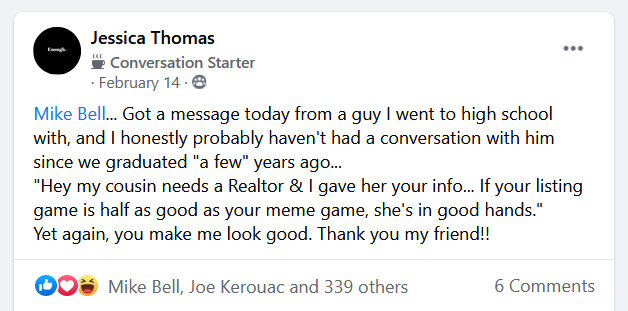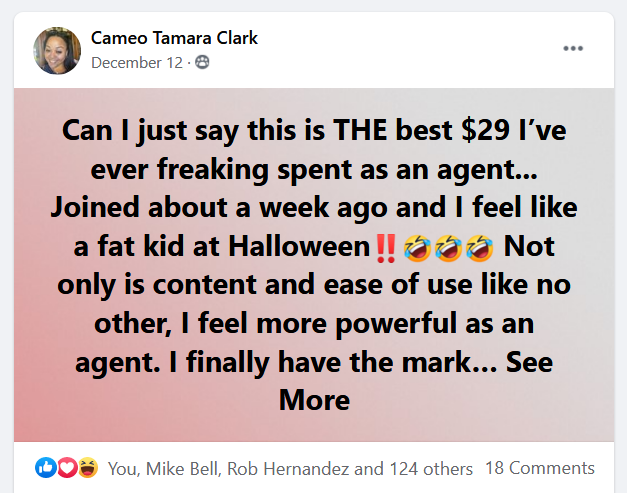
The Ten Realtor Commandments: Rules To Live By
There are some things that you don’t want to learn by mistake. Not that I haven’t made some of these mistakes myself. But if I



When you sell a house, staging can make a real difference. But the word “staging” means different things to different people.
Some think of it as simply rearranging what they already have — moving a few pieces around, opening the blinds, and putting their space in the best possible light (literally and figuratively).
Others picture an HGTV-level overhaul — trucks pulling up with designer furniture, new art on the walls, accent lighting, and everything color-coordinated down to the coffee-table books.
And then there are those who take it down to the tiniest of details, like arranging the perfect pillow on the bed — as mentioned in a recent Realtor.com article.
Of course, if staging homes is your business, every little thing matters. But for most homeowners, the idea of doing that much can feel intimidating.
So when it comes time to sell, while some people take staging very seriously, determined to polish every inch of their home to perfection in hopes of capturing top dollar, on the other end of the spectrum, some don’t do a thing. But most sellers fall somewhere in between.
Will perfectly placed pillows make or break your sale? Probably not. (It certainly won’t hurt! But you don’t have to go to such great lengths…)
However, there are a few simple things every seller should do, no matter where you fall on the staging spectrum.
Decluttering might not sound like “staging” in the traditional sense, since you’re not hauling in new furniture, swapping out rugs, or hiring a professional stylist. But at its core, it’s the most basic form of staging.
Getting rid of items you don’t need, that cramp the space, or that distract from the home’s features is one of the simplest ways to make your home feel larger, cleaner, and more inviting. Even if your furnishings or decor aren’t perfect, reducing visual clutter creates a canvas that lets buyers focus on the home itself.
Before your home hits the market, tackle one big declutter: remove excess furniture, clear out general junk, and create breathing room so buyers can easily see what the space offers.
Decluttering might not sound like “staging” in the traditional sense, since you’re not hauling in new furniture, swapping out rugs, or hiring a professional stylist. But at its core, it’s the most basic form of staging.
Getting rid of items you don’t need, that cramp the space, or that distract from the home’s features is one of the simplest ways to make your home feel larger, cleaner, and more inviting. Even if your furnishings or decor aren’t perfect, reducing visual clutter creates a canvas that lets buyers focus on the home itself.
Before your home hits the market, tackle one big declutter: remove excess furniture, clear out general junk, and create breathing room so buyers can easily see what the space offers.
Once your house is listed, it’s all about daily declutter and upkeep. Little things you might not notice in your day-to-day life — or items left in a rush — often stand out to buyers. While most won’t care about perfectly coordinated throw pillows, they will notice small distractions if left unchecked.
Here are the core areas to focus on:
It’s easy to let things slide — especially if your home’s been on the market for a while or showing activity has slowed down. But buyers often decide to see a property at the last minute, and first impressions are hard to reset.
You never know which random Tuesday afternoon will bring the offer you’ve been waiting for. Staying consistent with small habits keeps your home ready for opportunity.
But by focusing on these areas, you maintain the sense of order that makes your home look its best — without turning your life upside down or staging every pillow. It’s the daily upkeep that keeps the big declutter from slipping back into chaos.
If you’re unsure whether your home would benefit from more advanced or strategic staging, ask your agent for guidance. Every market and price point is different. Some homes truly benefit from professional staging. Others simply need everyday tidiness and good lighting.
Either way, the basics above are universal — they’re the bare minimum “staging” steps every seller should follow while their home is on the market.
The Takeaway:
You don’t need to reinvent your home or invest in designer décor to make it show-ready. The goal isn’t perfection — it’s presentation. A clean, bright, and organized space helps buyers see your home’s potential instead of your to-do list.
So, by all means, buy a few new throw pillows for your bed if it makes you happy. But what really matters is keeping your home consistently welcoming, whether it’s the first weekend on the market or the fiftieth showing.
But the most important thing to do is one major decluttering effort before listing, and then tending to the trouble spots around your home on a daily basis, just in case a buyer comes to see your house on short notice.

(Shh, our secret)
Show your sphere your an expert. We have over 2050 articles covering every real estate topic your audience will love.
Position yourself as a real estate authority!
Real estate + topical events — the perfect match!
Become the bearer of good vibes!
Because hey, everyone loves to laugh!



Get our weekly email that makes communicating with your sphere on social actually enjoyable. Stay informed and entertained, for free.

There are some things that you don’t want to learn by mistake. Not that I haven’t made some of these mistakes myself. But if I

Want a strong dose of reality? Are you sure? Because this is going to sting: In my opinion, the vast majority of agent Facebook pages

Question: Have you seen the postcards most agents send out? BOOOR-ING! I’m pretty sure they make the prospects sleep-walk on their way back inside the

1. Spamming your listings with no commentary Posting a link or sharing something on Facebook without your opinion is boring. Your friends want to know

Every agent needs a lead list. They are compilations of prospects you can reach out to when you are trying to drum up business. They
Depending on your situation, it may not take the full 30 minutes.

This reset password link has expired. Check the latest email sent to you.















